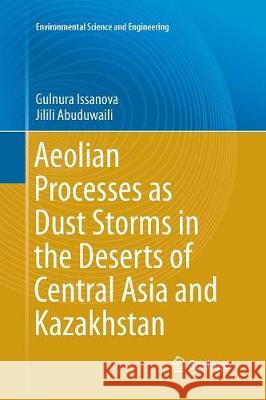Aeolian Processes as Dust Storms in the Deserts of Central Asia and Kazakhstan » książka
topmenu
Aeolian Processes as Dust Storms in the Deserts of Central Asia and Kazakhstan
ISBN-13: 9789811098123 / Angielski / Miękka / 2018 / 133 str.
Kategorie:
Kategorie BISAC:
Wydawca:
Springer
Seria wydawnicza:
Język:
Angielski
ISBN-13:
9789811098123
Rok wydania:
2018
Wydanie:
Softcover Repri
Ilość stron:
133
Waga:
0.22 kg
Wymiary:
23.39 x 15.6 x 0.84
Oprawa:
Miękka
Wolumenów:
01
Dodatkowe informacje:
Wydanie ilustrowane











